Bees Native To North America

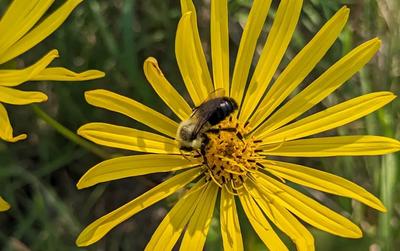
In this blog post, I want to introduce you to the tip of the iceberg of the wonderful world of native bees and share the important role they play in our natural ecosystems.

Bees are fascinating creatures that play a crucial role in our ecosystem as pollinators. When we think of bees, honey bees (Apis mellifera) often come to mind, but did you know that North America is home to a diverse array of over 4000 native bee species? These many native bees are incredibly important (even more so than honey bees!) for the pollination of native flowering plants and crops, and the overall health of our environment. From the tiny sweat bees to the charismatic bumble bees, North America boasts a rich diversity of bee species, each with its own unique characteristics and behaviors. Due to climate change and widespread habitat loss, effectively every one of our native bees needs out help! In this blog post, I want to introduce you to the tip of the iceberg of the wonderful world of native bees and share the important role they play in our natural ecosystems. But first a little more on honey bees.
Honey Bees are Not Native to North America!
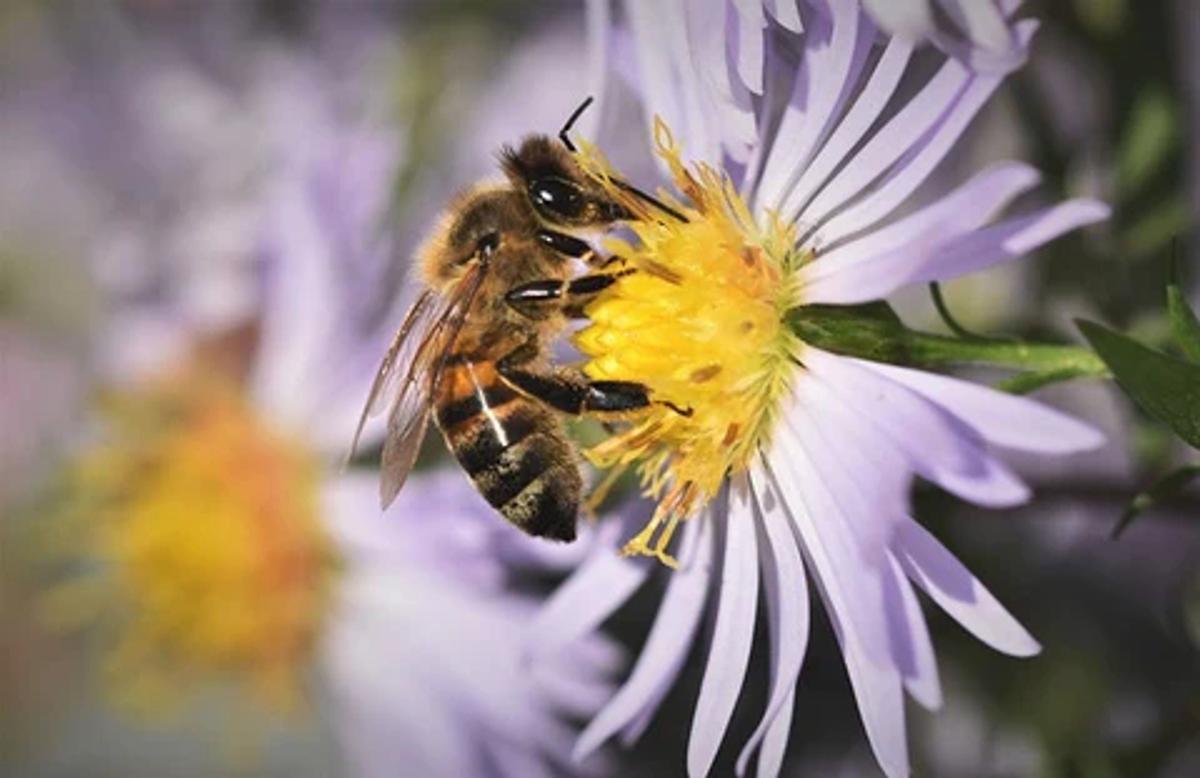
Honey bees (Apis mellifera), undoubtedly, have a widespread and warm reputation. They form huge hives, pollinate many crops, and of course produce honey. They are the first and often only bee that most of us can reliably identify and - due to press around colony collapse disorder - are generally viewed as a pollinator species most in need of our help here in the states. However, it is important to realize that honey bees are not native to North America. Rather, honey bees were essentially domesticated and introduced to North America from Europe and have since come to play an important role in certain kinds of agriculture.
While honey bees are valuable for crop pollination they have effectively become a massively distributed livestock animal. Their dominance and our large-scale management practices - keeping and often shipping hundreds of hives from one farm to the next - can have unintended consequences for our native pollinators and ecosystems. Honey bees often outcompete many native bee species for limited resources, and tend to pollinate harmful invasive plants at a similar or greater rate to our beneficial native plants. Both of these things can potentially disrupt the delicate balance of our natural ecosystems.
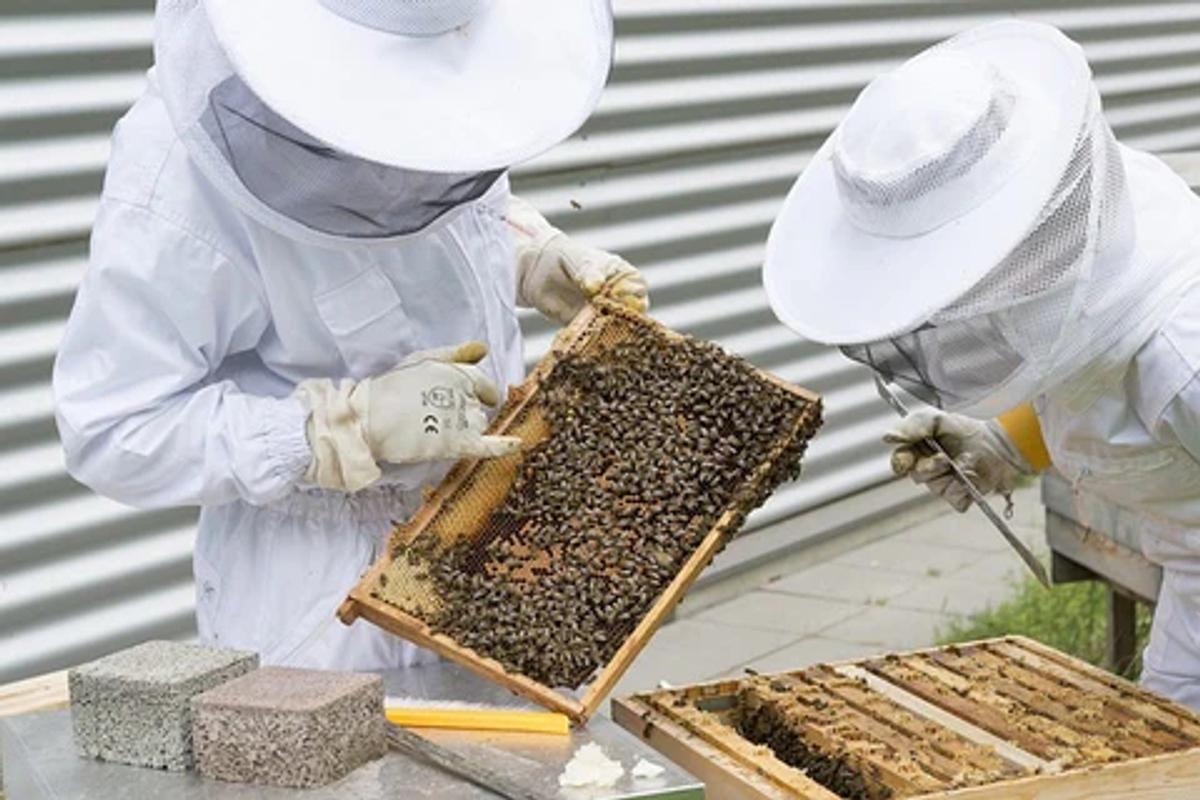
For these reasons especially, the increasingly popular practice of beekeeping - which is often associated with environmental stewardship - is nowhere near as eco-friendly as it appears. Hobby beekeepers are unwittingly helping to introduce diseases, negatively impact wild pollinator populations, and facilitate the spread of invasive plants in their neighborhoods. If you are considering keeping honey bees it is crucial to consider the broader ecological implications of this species and explore ways to support and protect our native pollinators for a more sustainable and resilient ecosystem. If you want a bee-associated hobby more in line with true wildlife conservation, consider directly supporting bumblebees, or adding native plants to your yard to provide the right floral resources for your local bee populations.
Now, let's dive into some facts and meet some of the many bees native to North America!

8 Extraordinary Facts About North America's Native Bees
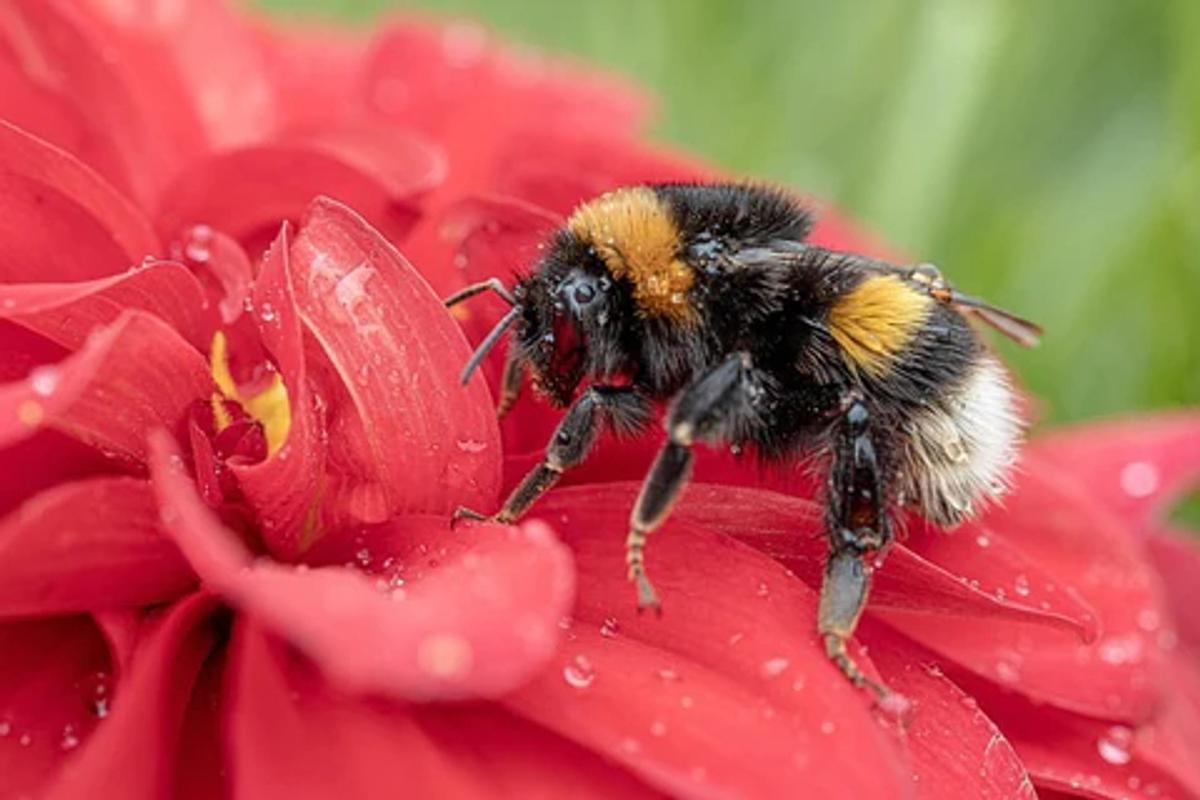
- Incredible Diversity: I mentioned it at the top of this article, but did you know that there are over 4,000 species of native bees in North America alone? That's an astonishing degree of diversity!
- Many Sizes: Native bees exhibit a remarkable range of sizes across those species, from tiny sweat bees that measure only a few millimeters in length to the larger bumblebees and carpenter bees.
- Many Colors: Native bees also exhibit a remarkable range of body colors and textures. Some are furry with yellow markings, while others are matte black, shiny blue, and metallic green. For these reasons many of us may not even realize we're looking at a bee!
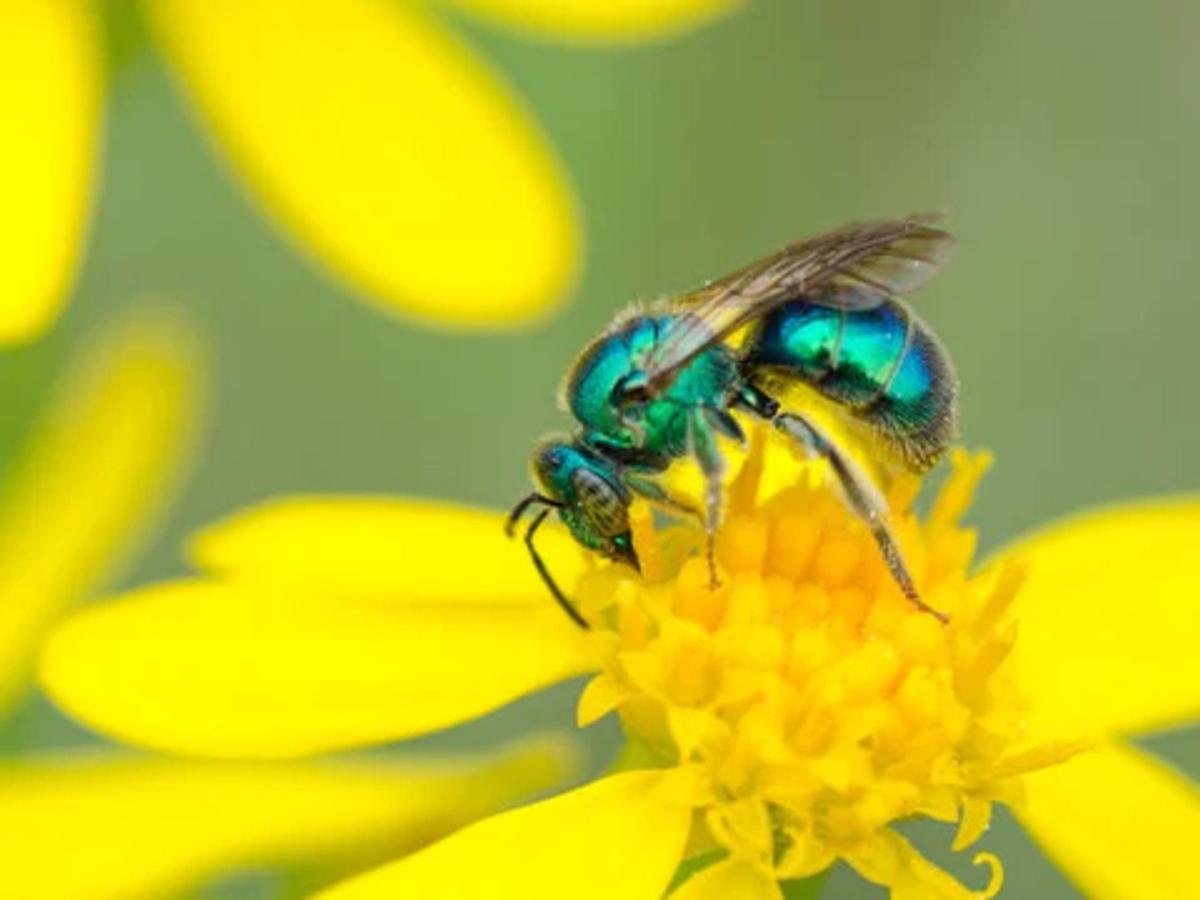
- Often Solitary: Unlike honey bees, which live in large colonies, most bee species are solitary. Solitary bees create a nest in the ground, in wood cavities, or even hollow stems, and raise a small brood by themselves. These are true super-moms!
- Awesome Adaptations: Native bees have evolved fascinating adaptations, such as the long tongues of long-horned bees that allow them to access nectar from deep flowers.
- Specialist Pollinators: Many native bees are specialist pollinators, meaning they rely on specific plant species for their survival. As these plants go on to support other species in their ecosystem, the many specialist native bees make a critical contributions to their environment.
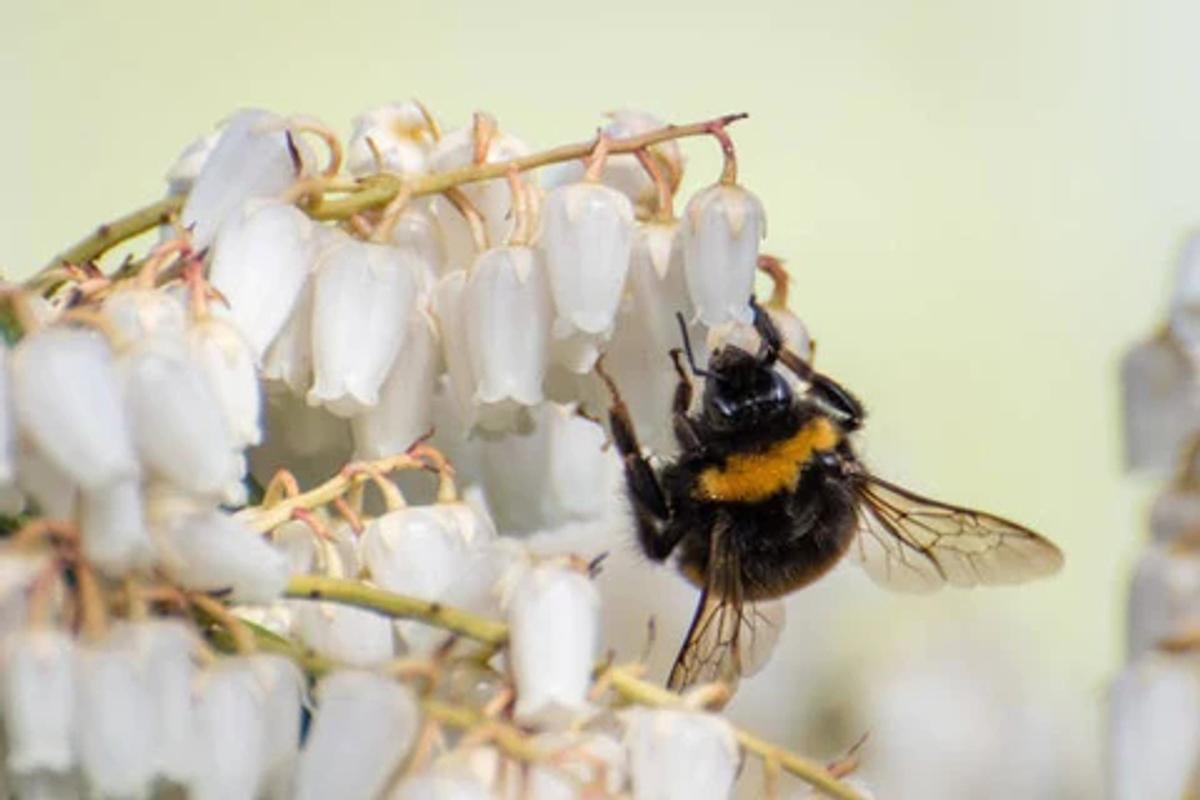
- Amazing Agricultural Assistants: Native bees make enormous contributions to crop pollination. Some native bees, like the charismatic blueberry bees or squash bees, are even better pollinators than honey bees when it comes to certain crops.8. Keystone Species: Native bees are crucial for the reproduction of countless native plants, playing a vital role in maintaining the biodiversity and resilience of our ecosystems.
Types of Native Bee Species
Below I detail some of our major native bee groups, including whether the group is generally social or solitary. Hopefully this guide will help you recognize more bees in your own backyard as your Spring and Summer seasons unfold.
Bumble Bees -
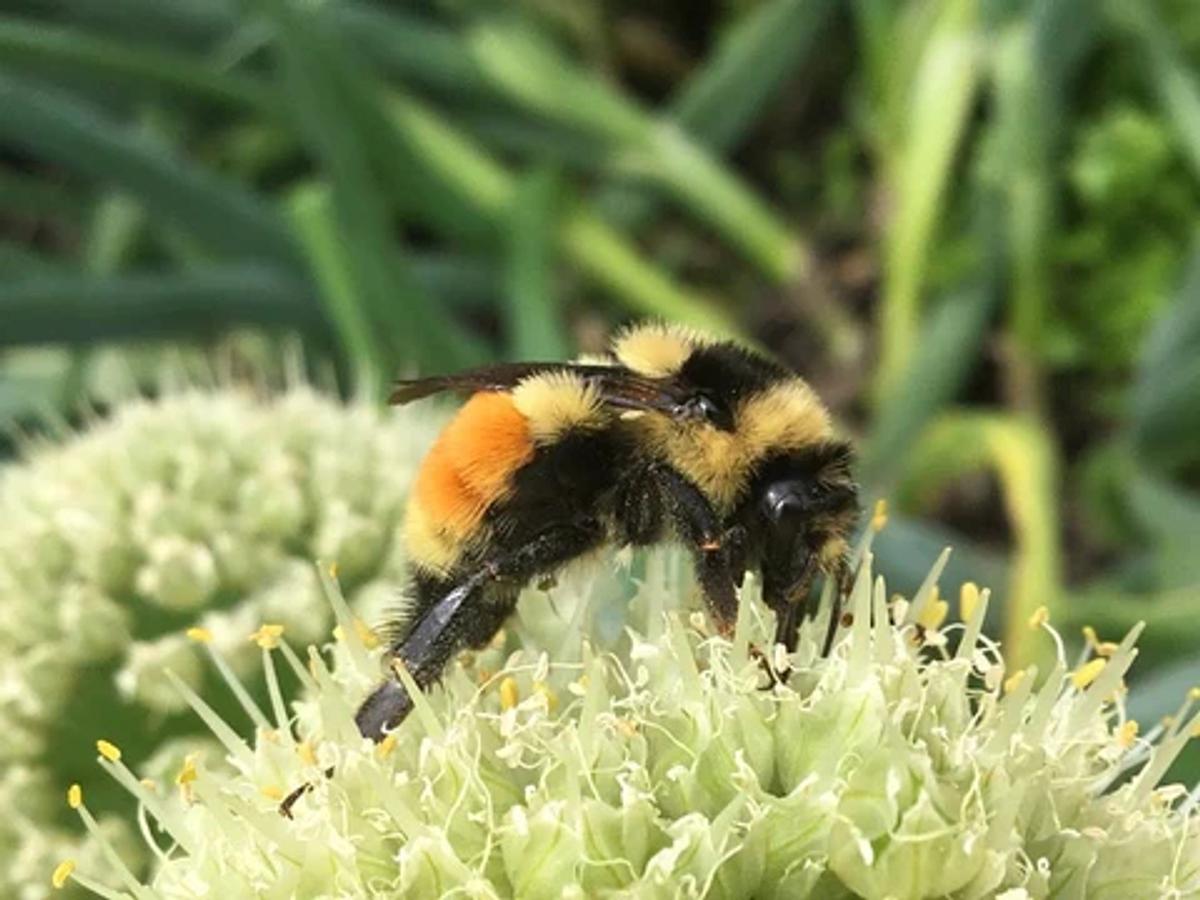
Few wild bees are more immediately recognizable than any of our many bumble bees, which are a group of large, furry, and social bees that belong to the scientific genus Bombus. Bumble bees are actually in the same larger group as honey bees (family Apidae). They are well known for their distinctive appearance, with vibrant colors and robust bodies. Bumble bees have a unique ability to vibrate their flight muscles, allowing them to perform "buzz pollination," where they dislodge pollen from flowers by rapidly vibrating their bodies. Bumble bees are also known for their gentle nature and can often be seen buzzing from flower to flower, collecting nectar and pollen. They will often use abandoned mouse burrows or other underground tunnels for their nesting sites. There are at least 46 species of bumble bees in North America, including the endangered Rusty Patched Bumble Bee (Bombus affinis).
Large Carpenter Bees -
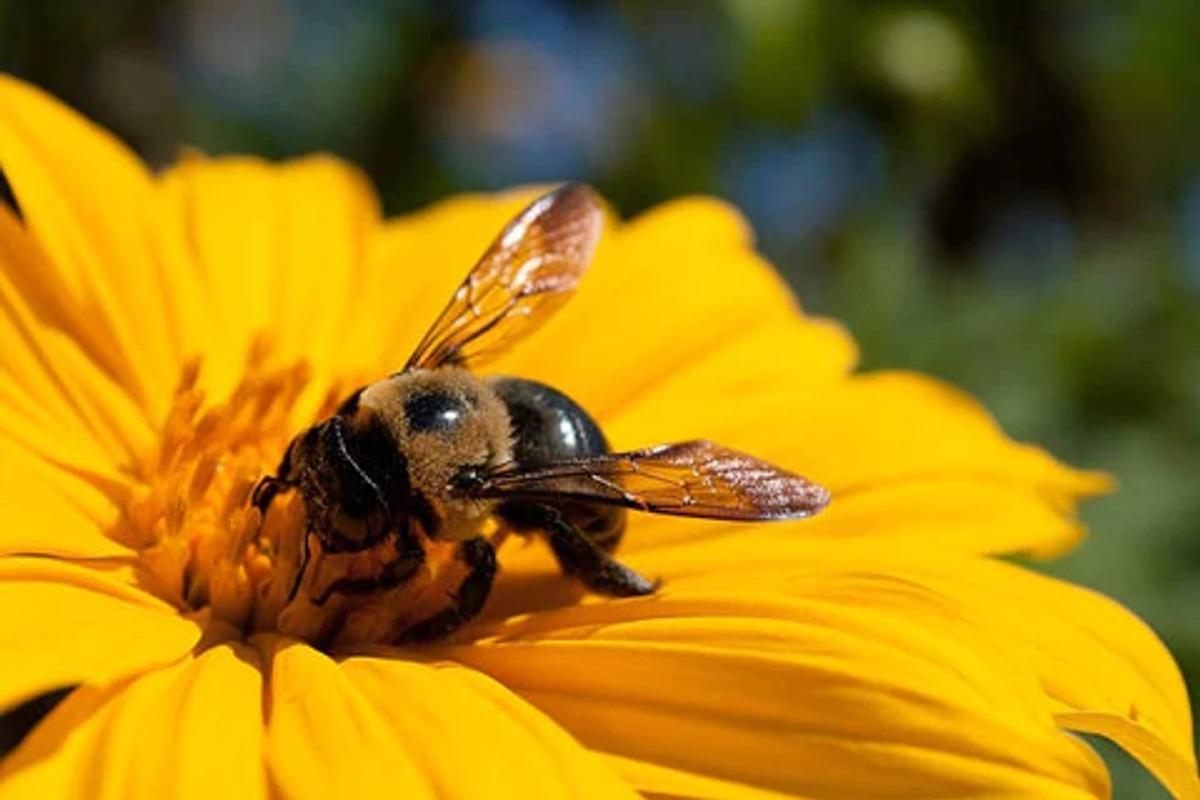
Carpenter bees are a group of bees that belong to the scientific genus Xylocopa. These bees are called "carpenter" bees because they have the ability to excavate tunnels in wood, such as dead tree trunks or wooden structures, where they build their nests. Despite their ability to cause damage to wooden structures, carpenter bees are important pollinators, visiting various flowers to collect nectar and pollen. They have a unique behavior of hovering near flowers and using their long tongues to extract nectar.
Small Carpenter Bees -

Unlike their larger relatives, small carpenter bees do not excavate tunnels in wood. Instead, they construct their nests by burrowing into pithy stems, such as those of raspberries or sumac trees. Small carpenter bees are often mistaken for flies due to their small size and dark coloration. They typically measure around half an inch in length or even less, and have shiny black or metallic blue-green bodies. Their small size allows them to access narrow spaces within plant stems where they build their nests. These bees are excellent pollinators, visiting a variety of flowers to collect nectar and pollen.
Leafcutter & Mason Bees - Megachilidae - Solitary
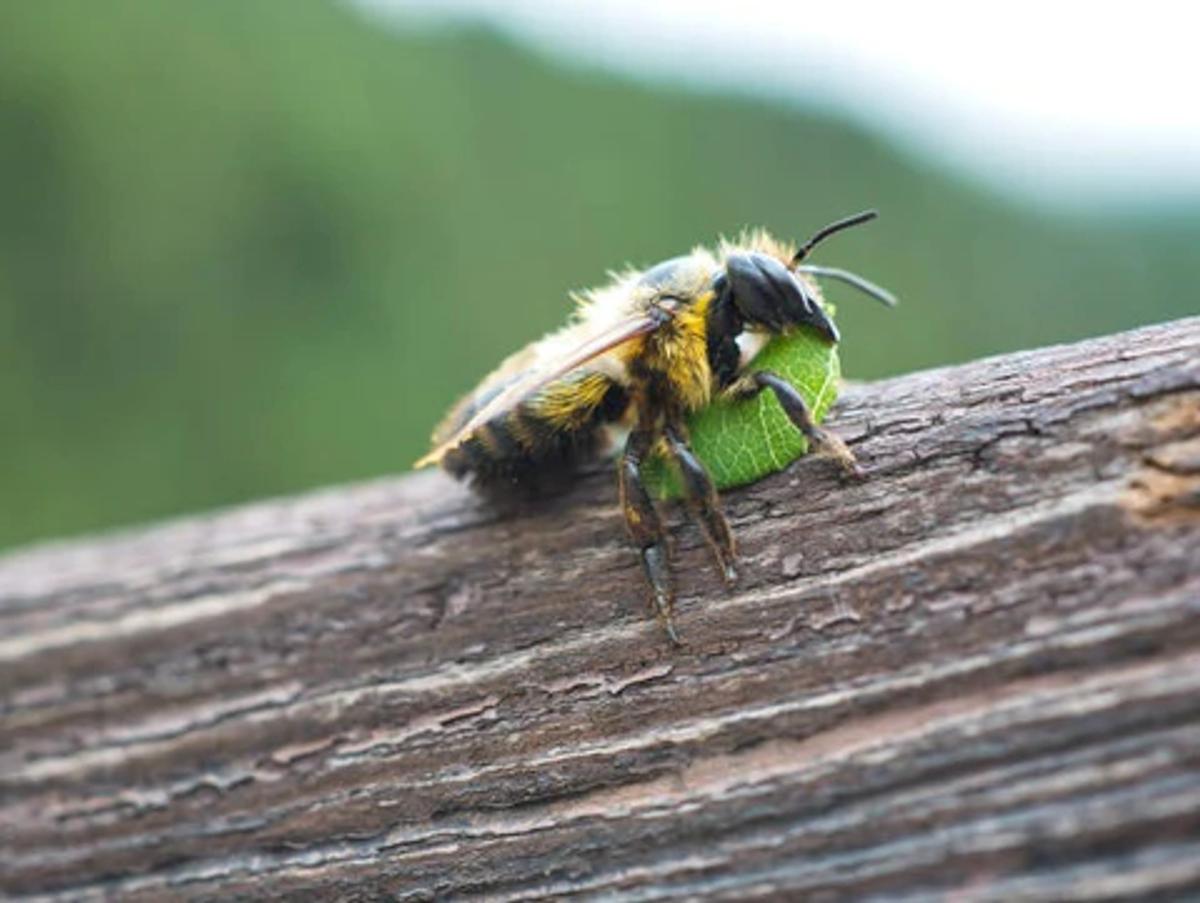
Leafcutter and mason bees belong to the scientific family Megachilidae, which includes various species found in North America. Unlike honey bees, which live in large hives and produce honey, leafcutter and mason bees live independently, with each female bee creating her own nest and caring for her offspring. Leafcutter and mason bees are valuable pollinators and play an essential role in the ecosystem.
Leafcutter bees are named for their behavior of cutting neat, circular sections from leaves to build their nests, while mason bees use mud or other natural materials to construct their nests. Both types of bees are known for their efficient pollination abilities and are often sought after by gardeners and farmers to enhance crop yields. These fascinating bees are gentle and non-aggressive, making them excellent pollinators and beneficial guests in our gardens.
Miner Bees - Andrenidae - Solitary
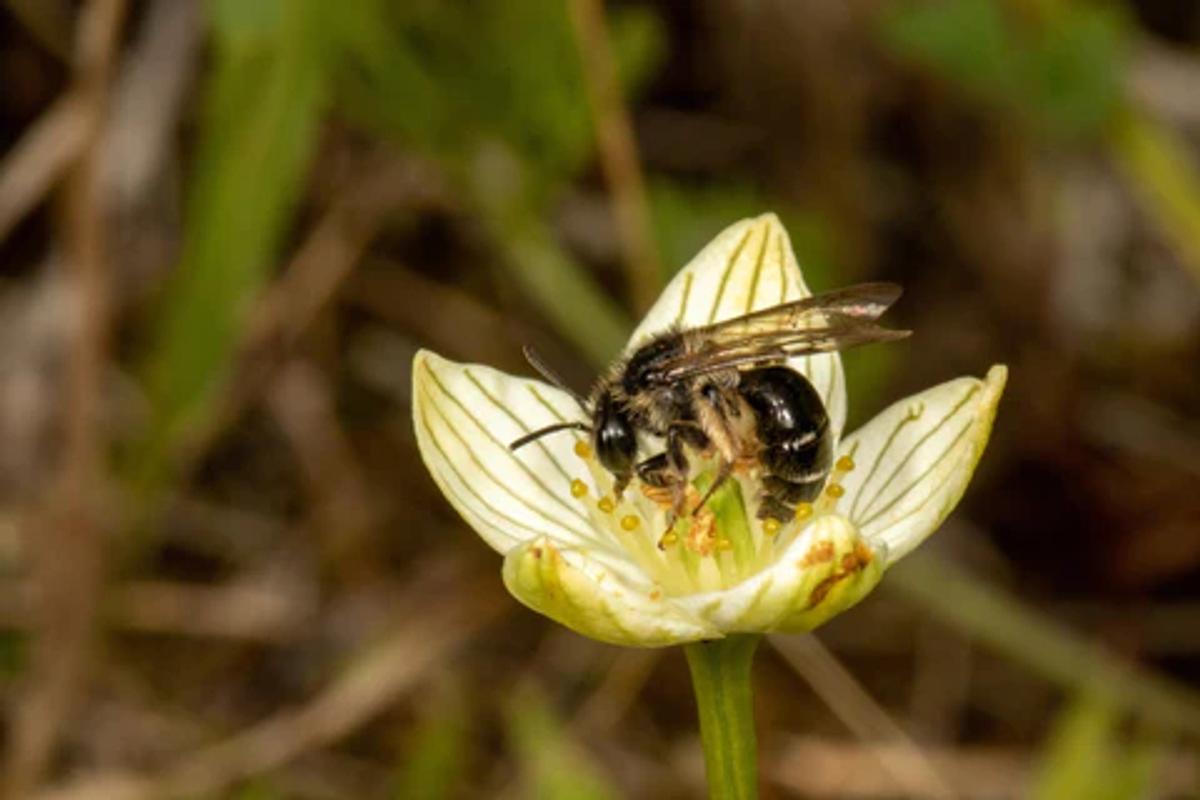
Miner bees belong to the scientific family Andrenidae, which includes various species found in North America. These bees are solitary in nature and are known for their behavior of excavating tunnels in the ground to create their nests. Miner bees are important pollinators, often found in open, sandy areas, meadows, or garden habitats. They are typically small to medium-sized, and their appearance can vary depending on the species, but they often have hairy bodies and vibrant colors. These bees are not aggressive and are fascinating to observe as they busily forage for nectar and pollen.
Sweat Bees - Halictidae - Mostly solitary

Sweat bees belong to the scientific family Halictidae, which encompasses a very diverse group of bees found in North America. These bees are named for their attraction to human perspiration, as they are known to land on the skin to gather salts and moisture. While it may sound bothersome, sweat bees are generally docile and will do you no harm. They come in various colors and sizes, with some species exhibiting metallic shades. Sweat bees are important pollinators, visiting a wide range of flowers to collect pollen and nectar. They often nest in the ground or in plant stems, creating small burrows or using pre-existing cavities.
Cuckoo Bees - Nomadinae - Solitary

Cuckoo bees belong to the scientific family Nomadidae, and get their name because of their unusual behavior of laying their eggs in the nests of other bee species (like we might see done by cuckoo birds). Instead of building their own nests or collecting pollen and nectar, these bees rely on the hard work of other bees to raise their offspring. Once a female cuckoo bee locates a suitable host nest, she sneaks in and lays her eggs among the provisions left by the host bee. When the cuckoo bee larvae hatch, they consume the host's resources, often at the expense of the host's own offspring. Cuckoo bees come in various colors and sizes, but they generally lack the pollen-carrying structures that other bees possess. While cuckoo bees may not contribute directly to pollination like other bees, they play an important ecological role by regulating host populations and promoting genetic diversity within bee communities.

Concluding Thoughts
Native bees are an incredible and essential part of North America's natural ecosystems. Their extraordinary diversity, specialized pollination abilities, and role as keystone species make them crucial for maintaining biodiversity and the resilience of our environment. While honey bees have a prominent presence in our lives, it's important to recognize that they are not native and can have unintended ecological impacts. By understanding and appreciating the many native bees that are uniquely adapted to our local habitats, we can better support their populations and contribute to the conservation of our native plants and ecosystems. So, let's celebrate and protect the incredible diversity of North America's native bees, and together, create a more sustainable and harmonious coexistence with these remarkable pollinators.
Share this article


